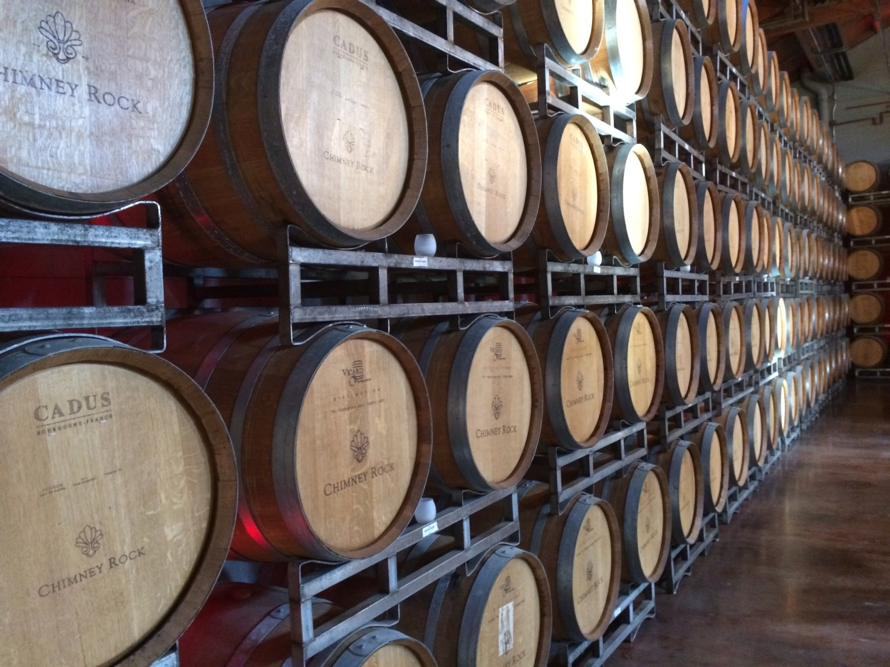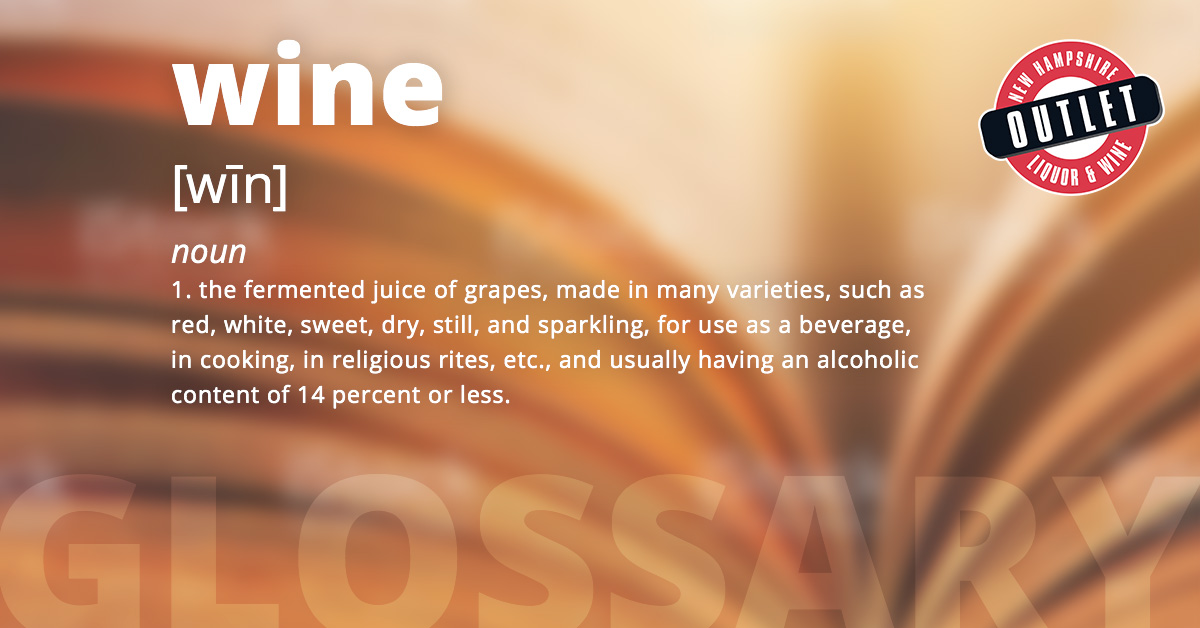At some point, you’ve probably heard some terms around wine or spirits that you weren’t too sure of. We’re here to help you decipher the lingo! In this post, we’ll cover two lesser known, but very important terms in the wine world – tannins and oxidation. While knowing these won’t make your wine taste any better, it will help you to better understand and appreciate what you’re drinking!
Tannins
Have you ever tried a wine (most likely a red wine), and it was dry, bitter and mouth puckering? Well that textural sensation is actually due to an element of wine called tannins. Tannins are natural components to any grape, and are found in the skin and seeds of a grape. Tannins are natural polyphenolic compounds found in wood, plants, seeds, fruit skins. During the winemaking process, particularly for red wines, the grape skins and juice are left in contact which creates complex flavors, color, tannins and body. This is why red wines tend to have a higher tannin level than their white counterparts. The longer the grape skins and juice are in contact the darker the wine will be resulting in more tannins.
 How do you know if there are tannins in your wine? Well, all wines technically have tannins, just some more than others. If you’ve ever had a glass of say Cabernet Sauvignon or Merlot and had a dryness or spiciness after a sip, that wine has a good amount of tannins in it. Those tannins actually have an important role to play. They are natural antioxidants and help to preserve the wine and also add in a little more complexity for a more enjoyable wine experience.
How do you know if there are tannins in your wine? Well, all wines technically have tannins, just some more than others. If you’ve ever had a glass of say Cabernet Sauvignon or Merlot and had a dryness or spiciness after a sip, that wine has a good amount of tannins in it. Those tannins actually have an important role to play. They are natural antioxidants and help to preserve the wine and also add in a little more complexity for a more enjoyable wine experience.
The downside to tannins? We hate to break it to you, but, tannins do have a hand in that unfortunate hangover you may have experienced after drinking some red wine. While not common in most people, it is possible to get a hangover from consuming a wine that has a high amount of tannins. If you notice that you get a headache after a glass of red wine, try switching over to a white wine, to see if your headache goes away.
Oxidation
This term is also very important in the wine world. Oxidation is the chemical reaction that occurs when the wine is exposed to air. While you’ve probably heard that it’s a good thing to let your wine “breathe”, there is such a thing as too much oxygen in the wine. When this happens, wines will start to lose their color and acidity. Also referred to as a “flat” wine (same idea as to when your soda or seltzer “goes flat”). If a wine has taken in too much oxygen, you’ll notice the wine is more of a brownish color and is lackluster in the flavor department. Once a wine has reached this point – toss it. While not harmful, the wine will taste off and if left to its own devices, would eventually turn to vinegar. (Yuck!)
Looking for a wine to showcase your new vocab with? Visit any one of our Liquor and Wine Outlets to find your favorites.

